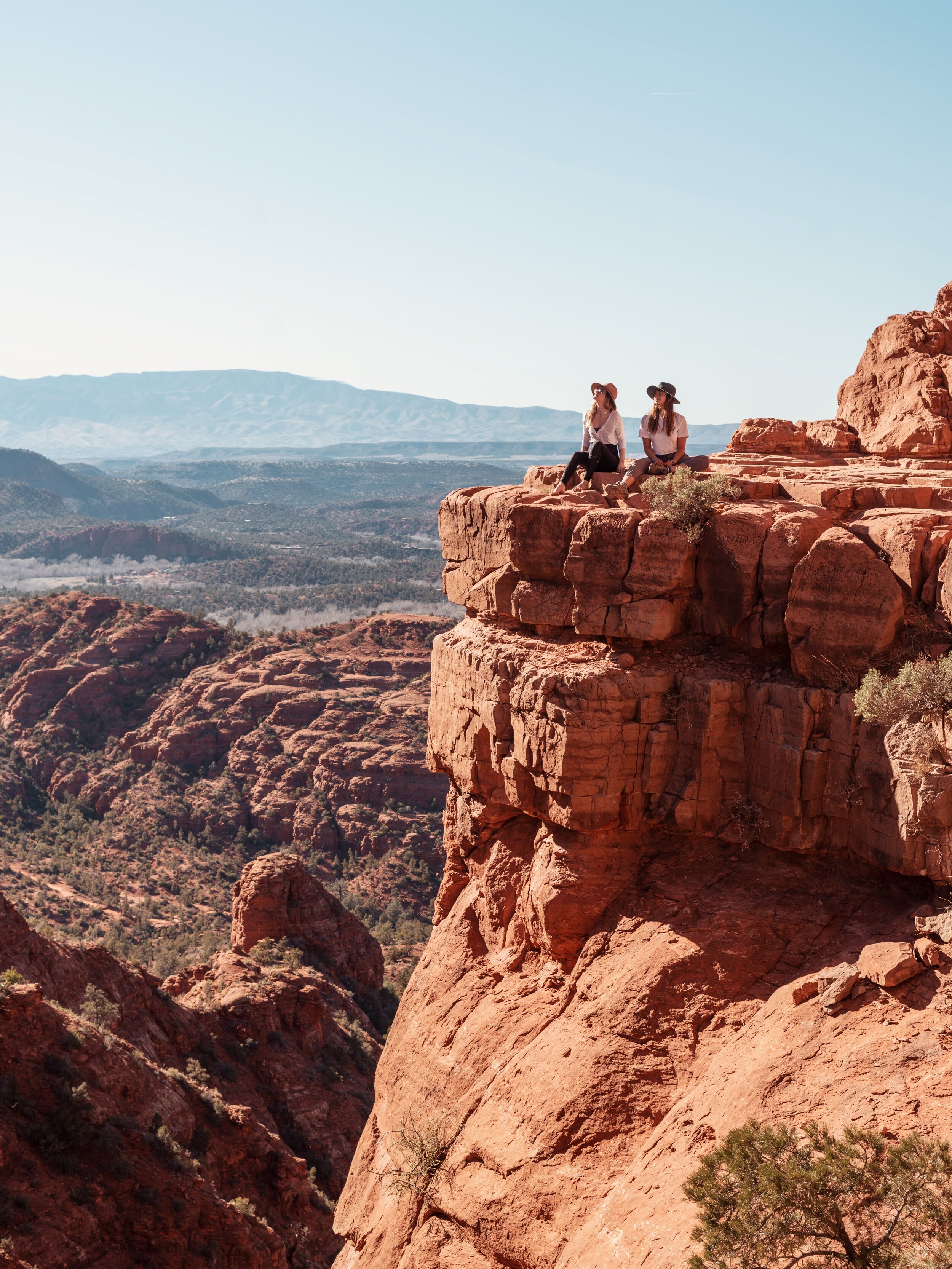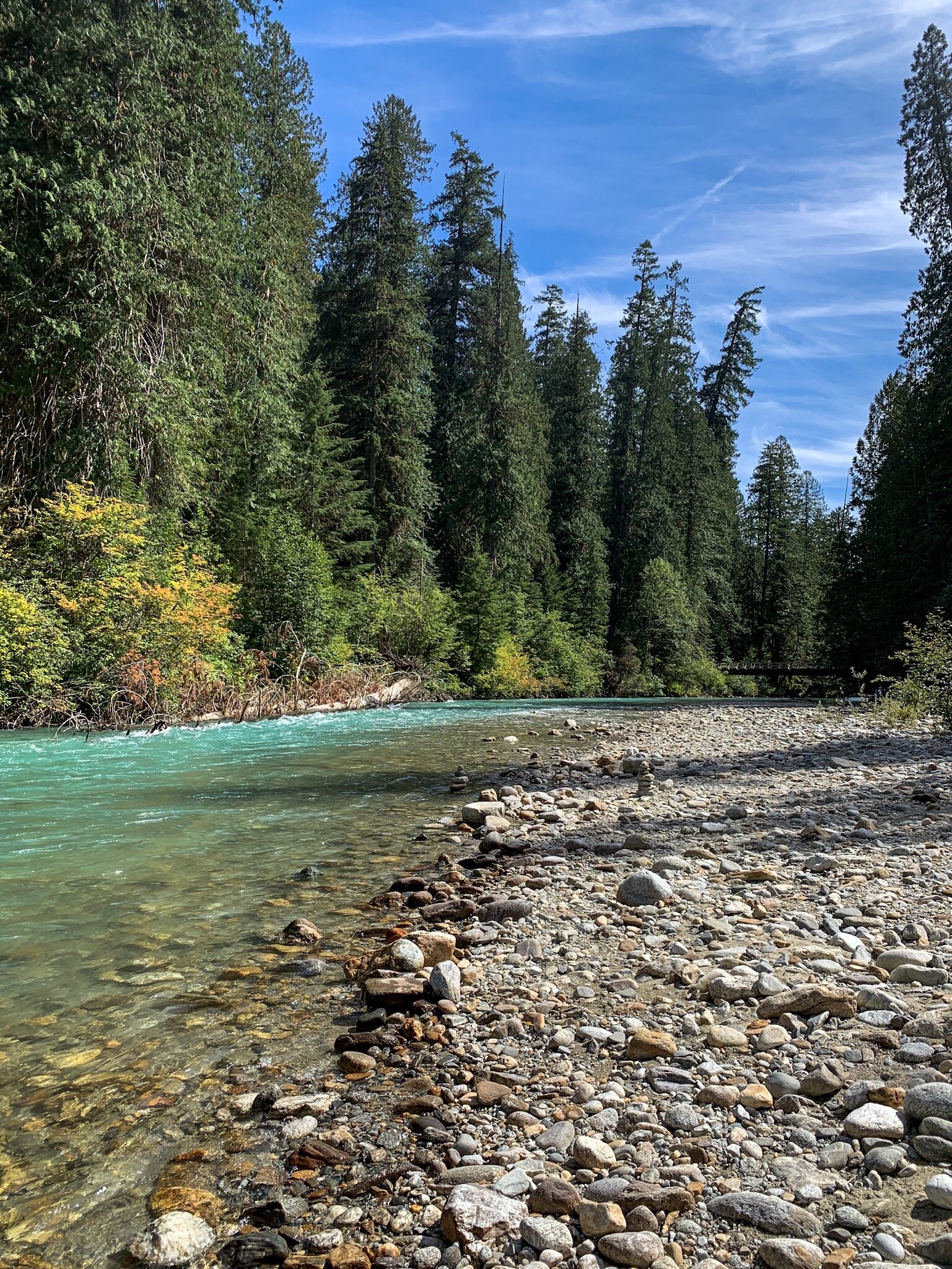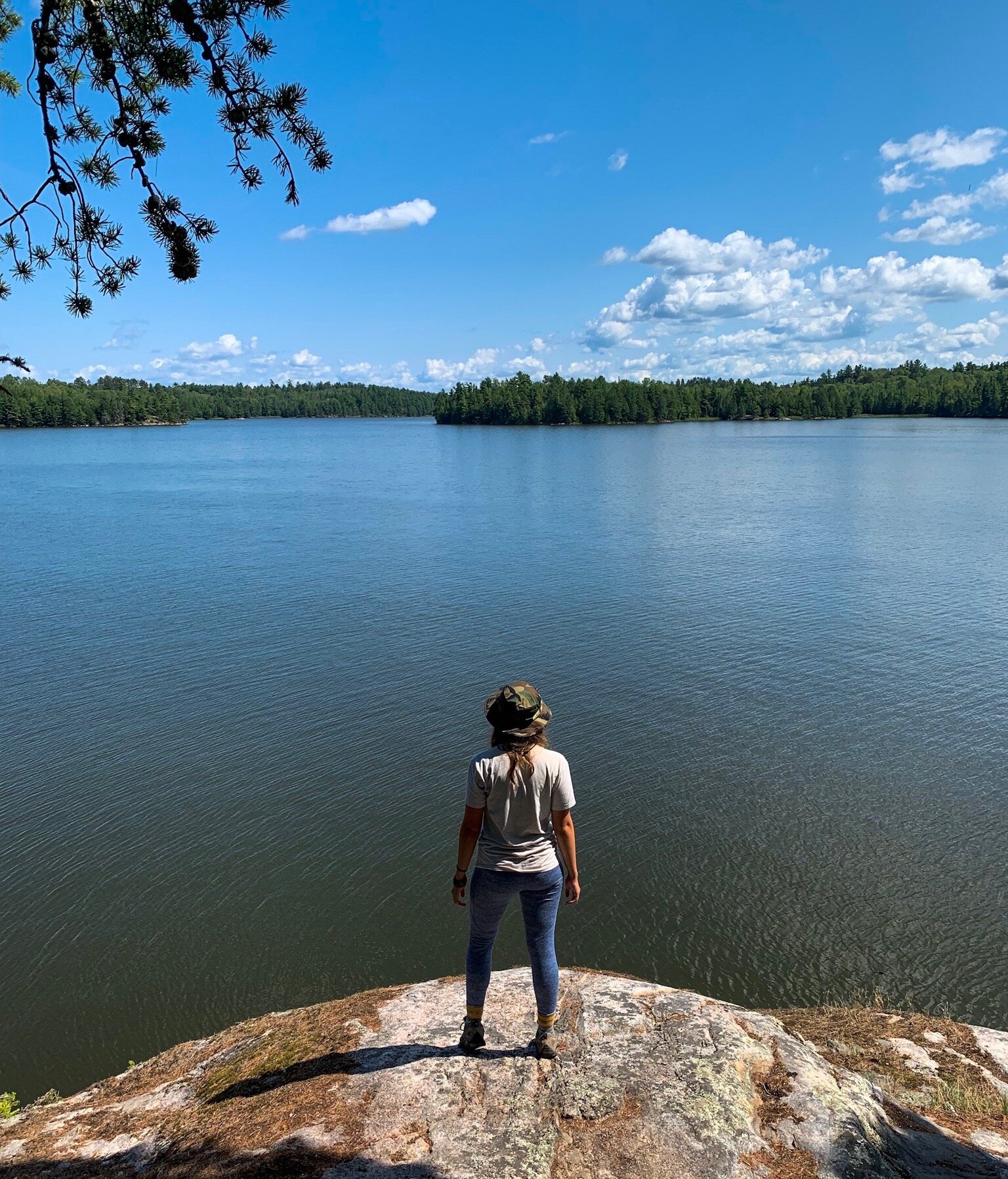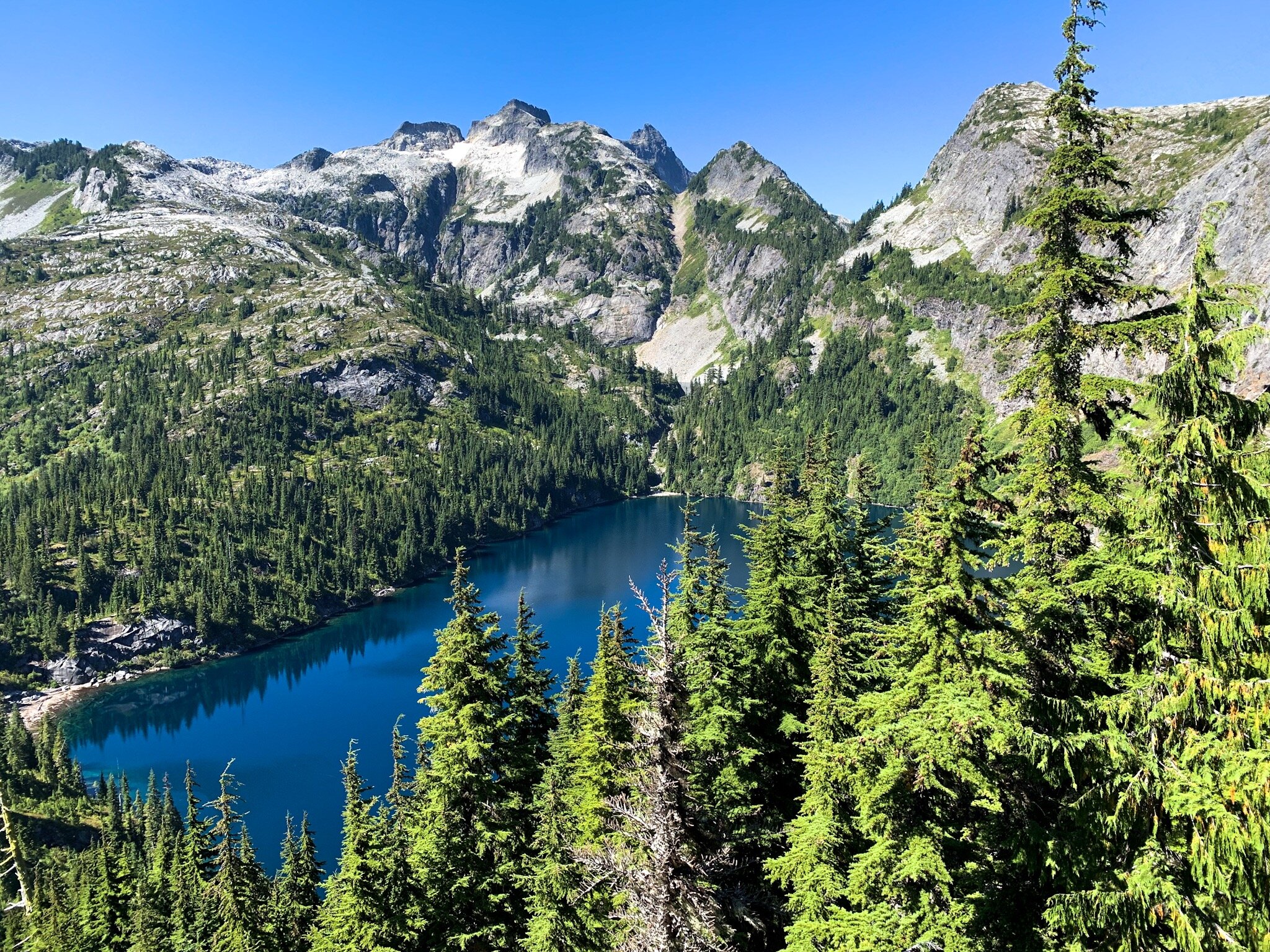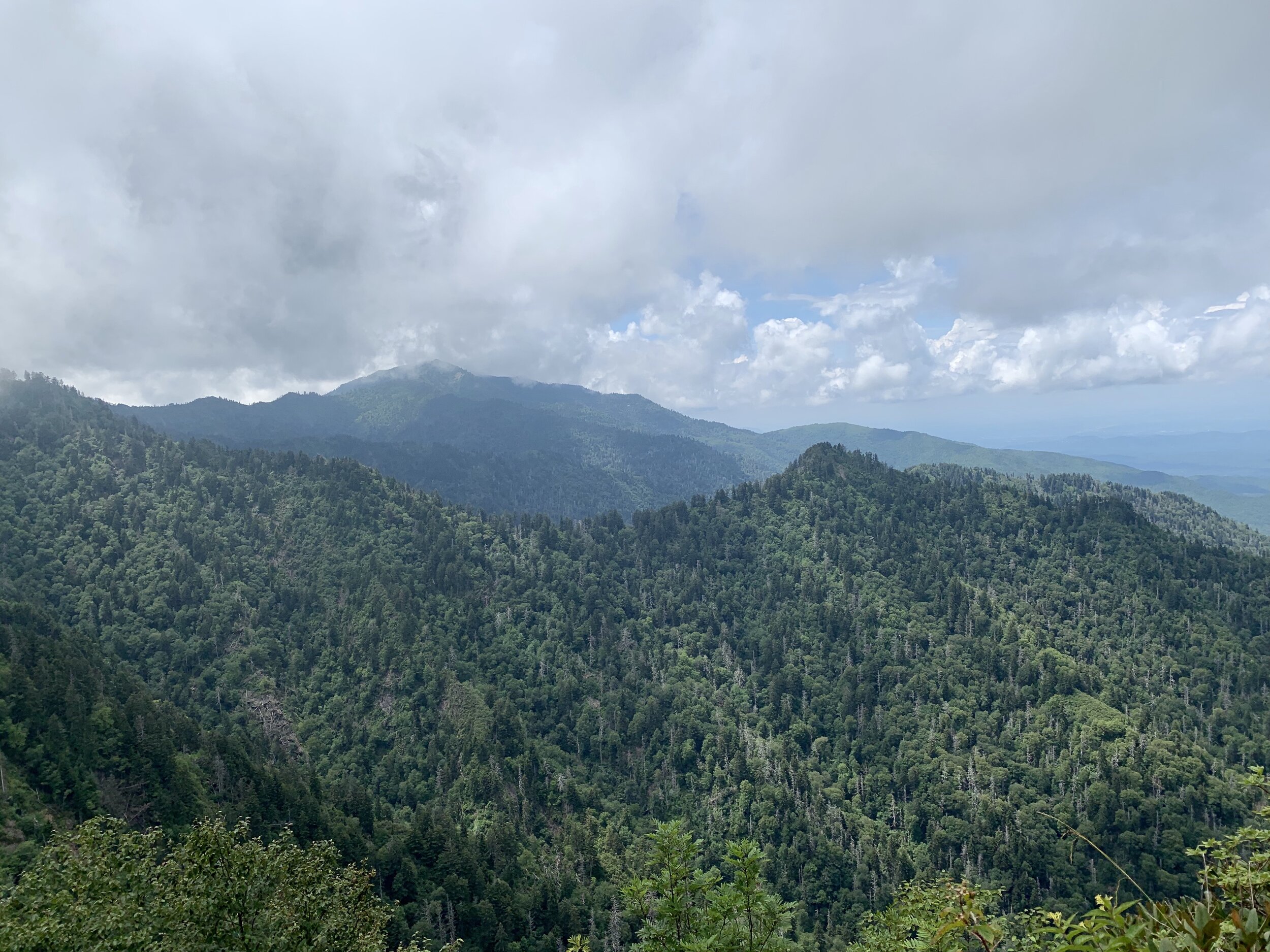When you go on your first backpacking trip, nothing can prepare you for the pain. In your hips, in your legs, the mental discomfort of forcing yourself to reach a destination your body doesn’t think you can reach. You will be carrying a good fraction of your body weight and fueling yourself with dehydrated food.
For my first backpacking trip, my boyfriend, Jared, convinced me to venture with him into one of the Lower 48’s last true wildernesses: the Bridger Wilderness. We planned on 15 miles a day, something only experienced backpackers can do. I’m a hiker. I’ve been hiking for about 4 years now, but I haven’t carried a 30+ pound pack on my back over the long distances I usually hike in a day. Starting out, I suddenly felt connected to Cheryl Strayed, realizing that I couldn’t possibly make it 15 miles when it took me twice as long to cover a mile than it would with just my normal day pack on.
By the time we made it to Eklund Lake, there was talk about stopping, less than halfway to our original goal of Titcomb Basin. We were here to experience the Wind River Range, some of the last untouched wilderness in the country. You can’t drive to the Winds. There are no roads that lead here. The closest many people make it is Photographer’s Point, about 4.5 miles in, where the day hikers usually stop.
The view from Photographer’s Point
But I didn’t want to stop at Eklund Lake. I wanted to feel like I accomplished something, and in my brain, that meant at least making it to Seneca Lake, which is often used as one of two base camps for the Titcomb Basin (the other being Island Lake).
Finally at Seneca Lake
With hundreds of people on the trail, we didn’t see any wildlife except the scattered ground squirrels and chipmunks, and baby birds screaming for food in the trees. I had hoped to see a moose or a bear (from a distance), something that would make this place feel more wild than the parks I usually hike in, but the truth is, the journey itself was what made it wild. At no point did we know how far we’d walked, or how much further we’d have to walk. By the time we made it to Seneca, the avocado I’d packed and meant to eat for lunch suddenly became the best thing I’d ever tasted, but I was still craving potato chips or something other than the sugary protein bars I’d packed due to the last minute decision to go on this trip in the first place.
Entering the wild
By the time we reached mile 17 over two days, my knee injury decided to scream at me. The last thing I wanted was to walk anymore. But we had to keep going so that we didn’t have to spend another night in the tent. So we kept going, and when we returned to the van, I collapsed on the bed and was so thankful for my tiny home on the road. I was so thankful that I could return to the trailhead and be home. But my body still hurts, even as I write this little recap. My hips are still bruised from carrying my pack, my legs are still sore, and yet, I’m inspired to go again. Not now, but eventually.
-HWS












